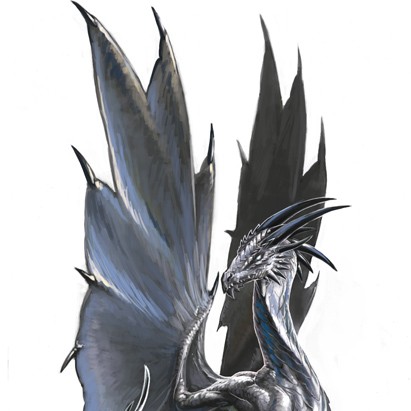This past week in science, we have been working on roller coasters made out of insulation tubing, dowels, and extremely large quantities of masking tape. The idea of this project is to represent the laws and properties of physics, including force, acceleration, kinetic energy, and potential energy. The roller coasters had to safely transport a marble, and have it come to a slow stop at the end. Our project was to make a roller coaster using the materials I listed above, but our design also had to fit within a certain budget. Our roller coaster had to have a hill, a loop, and a curve, as well as a safe stop at the end. My team, which is Malia and I, decided to make a huge curve that goes off of the table and base of the roller coaster. This results in a lot of kinetic energy when the marble rounds this particular curve.
Also this past week, we had a cardiologist come in and dissect a pig heart and lungs. He showed us some of the procedures they often have to do for patients as well as the different parts of the heart muscle. The pig whose heart we dissected had a whole between two of the chambers, which I believe were the right and left atrium. The cardiologist, Dr. Howe told us that this probably didn’t cause any problems for the pig, and it is fairly common, even in humans. He told us that about 1 in 4 people has a small hole between some of the heart chambers. However, most of these are not large enough to cause any problems in the long run.


